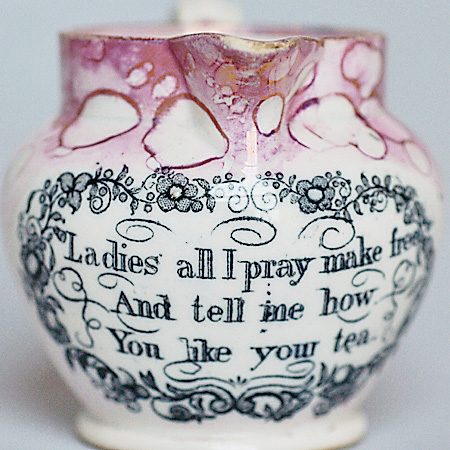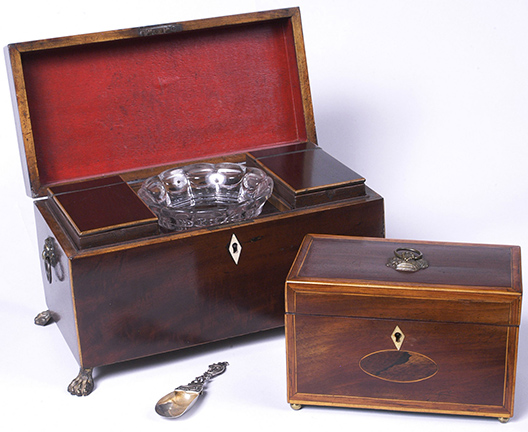Impact of Tea On Great Britain In The 1900’s
The song “Everything Stops For Tea” was first performed by Scotsman Jack Buchanan and featured in the 1935 musical film Come Out Of The Pantry, which was set in New York.
By 1900, tea was the drink of the working classes.
The provision of tea in the workplace was now recognized as almost essential to the employees’ welfare. In 1916, the Ministry of Munitions Health Committee stated in a booklet on Hours of Work: “An opportunity for tea is regarded as beneficial both to health and output.” When Minister of Labour Ernest Bevin addressed the Works Management Association in London on September 1940, he told his audience:
I arranged with a great firm to carry out an experiment for me.… I asked them to adopt rigidly the hours I have set down in the circular I had issued; to give ten minutes break in the morning, ten minutes break in the afternoon, with refreshment. The men had to work till seven at night and then there was a very long journey home, so I asked the management to send round barrows of tea at six o’clock in the evening and to see the result …. Now when that experiment I asked for had been going on for a month, I asked the director of the firm if he wanted to give it up and he said, ‘Not on your life. I have made too much out of it because of the increased productivity.’
By 1943, over 10,000 factory canteens were making sure that workers received decent food and plenty of cups of tea to keep them going through their long wartime shifts.
Out of those first official tea breaks sprang the tea trolley, pushed along corridors and up and down office aisles by the ubiquitous “tea lady,” so familiar in factories and offices in the 1950s and 1960s. The Industrial Welfare Society and the Home Office advised in 1925 that “it will save much time if the drinks are prepared in the canteen and sent round the works by means of trolleys.
But the 1960s saw the gradual disappearance of the tea lady and the introduction of vending machines in the workplace. The drink that gushed into plastic or paper cups tasted more of cardboard than of tea, reflecting the problems of successfully brewing tea inside a convenience machine. Many employers opted for coffee or hot chocolate or sensibly organized the provision of kettles and teabags in the office kitchen.
Read more about tea’s impact on British and American culture in the 2014 edition of A Social History of Tea by Jane Pettigrew and Bruce Richardson, available in the museum gift shop.





